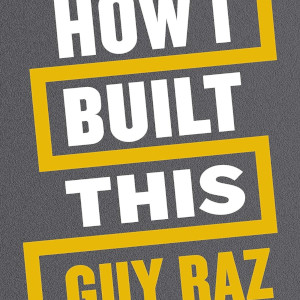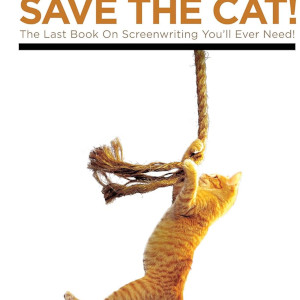Entertaining, but in-all, the book reads as a manifesto written for those who already agree.
We are not just living in a simulation: our brain is running the simulation and emotions are its predictions
Lisa Feldman Barrett – How emotions are made
Nice and usefull re-interpretation of what emaotions are, but I the anthropocentric way in which it contrasts emotions of humans and animals read as ‘goal seek’ that under-estimates the animal brain’.
Be a connector
Bob Burg anohn David Mann – The go-giver
Typical business allegory: not wrong, but quite cheesy
There are so many guises in which intelligence manifests itself that it truly blows the mind
Enjoyable expansive thinking, unafraid of the pathetic.
You better accept change, because it will happen anyhow
Spencer Johnson – Who moved my cheese?
Typical business allegory: not wrong, but quite cheesy
AI will not take our jobs, but creep into our workflows and contribute as intern, coach, and idiot savant
Ethan Mollick – Cointelligence
Not wrong, but misses true depth and is overly-reliant on the author’s conversations with Chat-GPT.
The ‘almost elite’ of well-educated knowledge workers would benefit from less individualism and more socialism
Dylan van Rijsbergen – De net-niet elite (in Dutch)
Whereas the core concept is interesting and its aim is laudable, the book doesn’t convince due to easy generalizations and lack of academic rigor.
If, as a financial journalist, you want to bring down a fraudulent fintech startup, you need to be very, very careful
The Netflix documentary is better, because it has less extensive digressions into the author’s personal life.
Once upon a time there was a mysterious country that tried to be unique in everything and to large extent succeeded
Jonathan Clement – A brief history of Japan
The broad strokes and accessible style help to create a basic understanding of Japan – although necessarily with major simplifications.
The conventional wisdom of what an entrepreneur needs to do to achieve success can be conveyed through a gazillion anecdotes
Not bad advice, but too many examples of non-scalable businesses and too few eye-openers to make the book worthwhile.
A prince needs to carefully balance show of force and political scheming
Niccolo Machiavelli – The prince
In theory Machiavelli had it all figured out,
Throughout history, Italians went to extraordinary lengths to grow the most perfect and/or exuberant citrus fruit
Helena Attlee – The land where the lemons grow
A juicy tale of culture and food in Itlay.
An unstable cocktail of money, power, prestige, politics and bling brought a Florentine banking dynasty to the highest regions of power. for as long as it lasted
Mary Hollingworth – The medici
Well written, striking the right balance between a thorough historical narrative, juicy gossip about minor royalty, and arty name-dropping.
To understand the full potential power of blockchain technologies, think of a computer rather than a ledger
Chris Dixon – Read, write, own
A passionate plea for proper use of blockchain to revolutionize the economics of the digital world, which is still far from materializing.
When writing a movie script: don’t try to be unique but give movie execs what they expect and follow a proven recipe
The book positions screen writing is a craft – and may explain why so few successful movies are actually worth your time.
Even though the art world is hermetic, myopic, elitist, and irrational there is still inherent value in art itself (whatever the definition of art is)
Bianca Bosker – Get the picture
The characters are carefully positioned as archetypes that are painfully accurate.
Military theory always seems to be focused on solving the challenges from the previous war
David Patraeus and Andrew Roberts – Conflict
Somehow, in the world of Mr. Patraeus, all people who agree with the general are the most capable, intelligent and respected leaders to ever walk the earth while the French are never any good.
Without active allies and inclusive policies, disadvantaged groups will never get the same opportunities as the privileged
Sheree Acheson – Deminding more
A refrehingly data-centric book that elegantly yet firmly addresses issues without pointing blame.
The ideas that were seriously considered in covert operations and military plots shew a new light on the term ‘Intelligence’
Vince Houghton – Nuking the moon
The overly jolly style of writing can be a bit tiresome, but one cannot help to be fascinated by the outlandish stories..
Founders are gaslighted by VCs in order to convince them that they need to take high risks that are not in their own best interest
Rand Fishkin – Lost and Founder
Juicy slightly contrarian view written with sufficient self-deprication in order not to offend anyone in the vally.




















